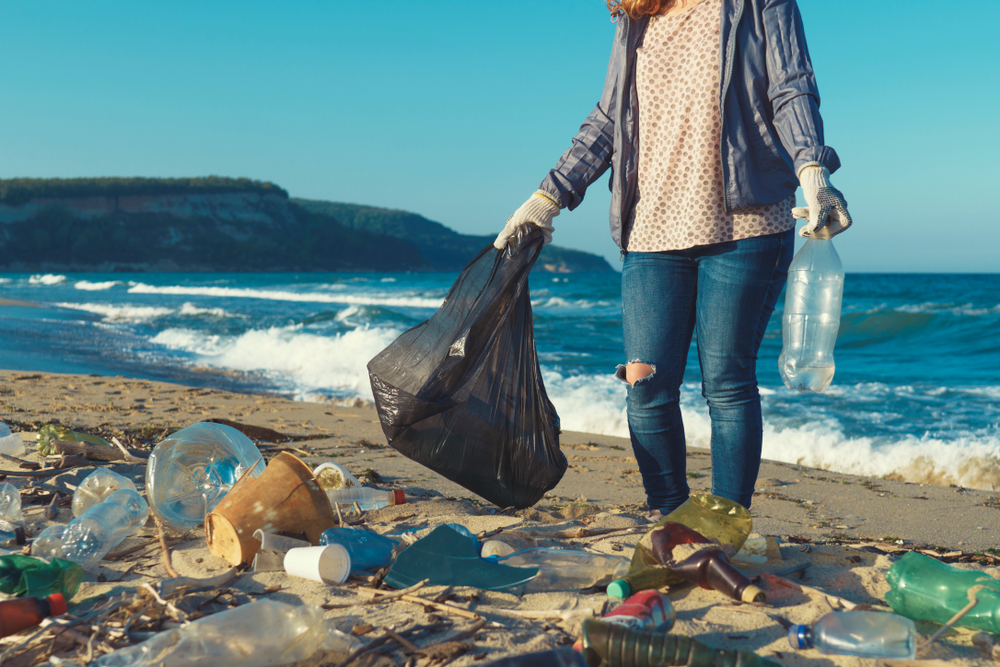250 tons of marine debris and counting on Hawaii Island
It took a few months to celebrate the milestone, but Saturday night staff and dozens of volunteers for the Hawaii Wildlife Fund marked reaching 250 tons of marine debris collection since the organization’s founding.
The group also received a DLNR & You Citizen Conservationists Award in recognition of its efforts.
Since last October, HWF has added to its tonnage tally, now having collected more than 515,000 pounds of marine debris on Hawaii Island and even more if you include collections on Maui, Midway Atoll and French Frigate Shoals.
It’s a never-ending project, according to Hawaii Wildlife Fund Program Director Megan Lamson.
“It’s hard to envision 250 tons of marine debris. But if you can picture the largest trucks possible and fill each of them to the brim with plastics, nets, and all the other stuff that washes onto the reefs and onto shore, you get an idea of the scope of our efforts,” Lamson said.
The group relies heavily on volunteers, many of whom were recognized at Saturday’s celebration. Over the past decade, HWF reports more than 43 thousand hours of volunteer time has been dedicated to beach cleanups and debris removal.
Every year, for a decade or more, HWF has provided manpower and support for a major beach cleanup along the coastal section of the Manuka Natural Area Reserve, the largest in the state’s Natural Area Reserve System. The work is tough and normally occurs in hot and dry conditions, which is further testament to the dedication of the organization and its volunteers.
Lamson said when the Hawaii Wildlife Fund started in 1996, the organization’s co-founder Bill Gilmartin was often told, “why bother, debris is just going to keep coming ashore.” At that point, the plastic debris at Kamilo Beach was shoulder-high which gave it its moniker of “plastic beach.”
In recognizing HWF with a DLNR & You Citizen Conservationists Award, DLNR noted that the group and its passionate and dedicated volunteers go way beyond any call of duty to help protect, preserve, and repair Hawaii’s natural and cultural resources.

